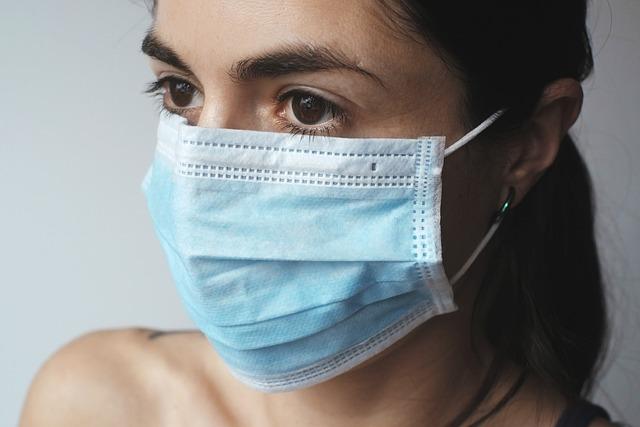In the quest for radiant, healthy skin, face masks have emerged as the ultimate self-care ritual, promising everything from deep hydration to a youthful glow. Yet, amidst the allure of these colorful concoctions lies a paradox that many skincare enthusiasts have faced: the dreaded mask-induced breakout. Could it be that your favorite face mask, the one you swear by for a complexion boost, is secretly sabotaging your skin? As we delve into the science and stories behind this skincare conundrum, prepare to uncover the hidden culprits and discover how to transform your beauty routine into one that truly loves your skin back. Get ready to face the truth about face masks and reclaim the clear, vibrant complexion you deserve.
Unmasking the Culprits: Identifying Ingredients That Trigger Breakouts
It’s time to take a closer look at the ingredient list of your beloved face mask. While these pampering potions promise radiant skin, some components might be secretly plotting against your complexion. Common culprits include fragrances and essential oils, which can irritate sensitive skin types, leading to unwanted breakouts. Similarly, alcohol-based ingredients might dry out your skin, prompting it to produce excess oil—a known recipe for acne.
Beware of the notorious silicones, which create a barrier on your skin. While this might feel silky smooth, it can also trap dirt and oil underneath, clogging pores. Additionally, ingredients like coconut oil and lanolin are known for their pore-clogging tendencies, especially if your skin is prone to acne. Always be on the lookout for these sneaky saboteurs lurking in your skincare arsenal:
- Fragrances
- Essential Oils
- Alcohol-based Ingredients
- Silicones
- Coconut Oil
- Lanolin
Understanding these ingredients will empower you to make smarter skincare choices, ensuring your face mask works for you, not against you.

From Breakout to Glow: Expert Tips for Choosing Skin-Friendly Masks
- Know Your Skin Type: Understanding whether your skin is oily, dry, combination, or sensitive is crucial in selecting the right mask. Opt for hydrating masks if your skin tends to be dry, or choose clay-based masks to absorb excess oil if your skin is oily.
- Check the Ingredients: Look for masks that contain natural, soothing ingredients like aloe vera, chamomile, or green tea. Avoid masks with harsh chemicals, fragrances, and alcohol that can irritate the skin and cause breakouts.
- Patch Test First: Before applying a new mask to your entire face, do a patch test on a small area of your skin. This helps you identify any potential allergic reactions or irritations without affecting your whole face.
- Frequency Matters: Over-masking can strip your skin of its natural oils, leading to more breakouts. Stick to using a face mask 1-2 times a week to maintain a healthy balance.
- Consider Professional Advice: If you’re unsure about which mask to use, consult with a dermatologist or skincare expert. They can provide personalized recommendations based on your skin’s unique needs.
Embrace the journey from breakout to glow by making informed choices. By paying attention to your skin’s signals and selecting masks that complement your skin type, you’ll be on your way to a clearer, more radiant complexion. Remember, a little bit of knowledge and care can transform your skincare routine into a blissful self-care ritual.
Breathe Easy: How to Care for Your Skin While Staying Protected
Wearing a face mask has become a daily ritual, but for many, it has also led to unexpected skin challenges. If you’re noticing breakouts or irritation, it might be time to revisit your skincare routine. Here are some confident steps to ensure your skin remains healthy and vibrant under that protective layer:
- Choose the Right Material: Opt for masks made from natural fibers like cotton, which allow your skin to breathe more easily. Avoid synthetic materials that can trap heat and moisture, creating a breeding ground for bacteria.
- Keep it Clean: Regularly wash your masks with a gentle detergent to remove oils and bacteria. Have multiple masks on hand to rotate, ensuring you’re always using a fresh one.
- Moisturize Wisely: Use a lightweight, non-comedogenic moisturizer to create a barrier between your skin and the mask. This can help prevent friction and reduce the chance of breakouts.
- Adjust Your Skincare Products: Simplify your routine by avoiding heavy creams and oils that might clog pores. Instead, focus on gentle cleansers and soothing products with ingredients like aloe vera or chamomile.
By making a few thoughtful adjustments, you can maintain a clear complexion and feel confident in your skin, even when it’s covered.



